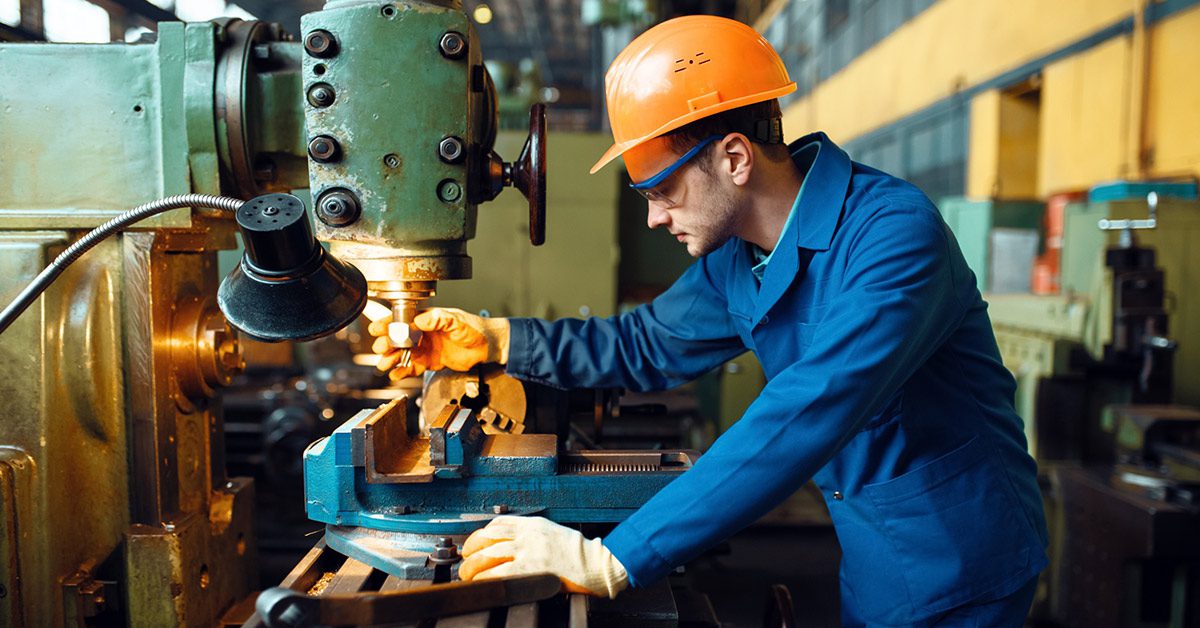The Personal Protective Equipment (PPE) at Work Regulations first came into effect in 1992 with subsequent updates made in 2002 and 2011 as well as more recently in 2022. There are abbreviations and codes you need to be aware of that are specific to each safety shoe rating. Each level of footwear protection has a clear system of ratings that combine many of the standard abbreviations. These are known as ‘S-ratings,’ and in this article, we will explain each one in more detail.
Changes to EN ISO 20345:2021 have brought new additions to the standard safety shoe ratings, which means extra comfort and protection for your teams when they need it the most. It has a transition period until the end of 2027, giving you time to update your employees’ footwear. Depending on the type of job, specific protection certificates and safeguards are required, especially in the fast-paced, high-pressure environment that most manufacturing workers face every day.
Read on to learn about the differences between the S1, S2 and S3 safety shoe ratings and what they mean, using examples from Shoes For Crews’ slip-resistant technology and footwear.
S1 rating: anti-static and oil resistant
Safety shoes are fitted with a type of toe cap that can withstand up to 200 Joules of resistance. Moreover, footwear with an S1 rating means that it has anti-static properties, it is oil resistant, and it comes with energy absorbing heels. It also has a closed seat region, meaning the heel is fully enclosed to protect the foot from injury.
The slip-resistant outsoles are tested on ceramic tile with glycerine and again with NaLS (soap-solution) for both the forward heel slip and the backward forepart slip to demonstrate their effectiveness. At Shoes For Crews, our superior slip-resistant outsoles exceed the minimum scores by at least 189% in these tests, providing your workers with the best possible protection against slips, trips and falls.
There are two main subsections of the S1 safety shoe rating that can be found in some of our slip-resistant footwear ranges, which we will explain below:
S1PS
Under the previous standard, all puncture-resistant inserts were marked with a P. The tests at that time were carried out using a 4.5mm nail. Now, with the new standard, the tests and protection classes with a steel nail guard remain the same. However, for non-metal perforation-resistant inserts, the symbols have changed, and the protection class is now classified according to the size of the diameter of the test nail. PS stands for the 3.0mm nail that is used in the perforation test (Small).
S1PL
This rating has all the characteristics of an S1 safety shoe rating with two additional features. It provides protection against the penetration of sharp objects and is often used for footwear made from breathable materials. Breathability is highly important in a work shoe and it is one of many features that has a direct impact on comfort.
When crews are working in damp and warm environments, their feet need to be able to breathe. If not, factors such as sweat and bad odours can result in the build-up of bacteria and mould. PL stands for the 4.5mm nail used in the perforation test (Large).


